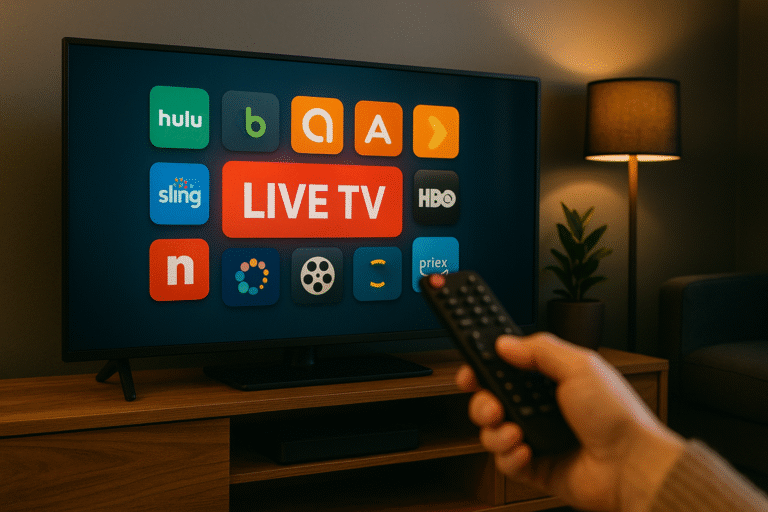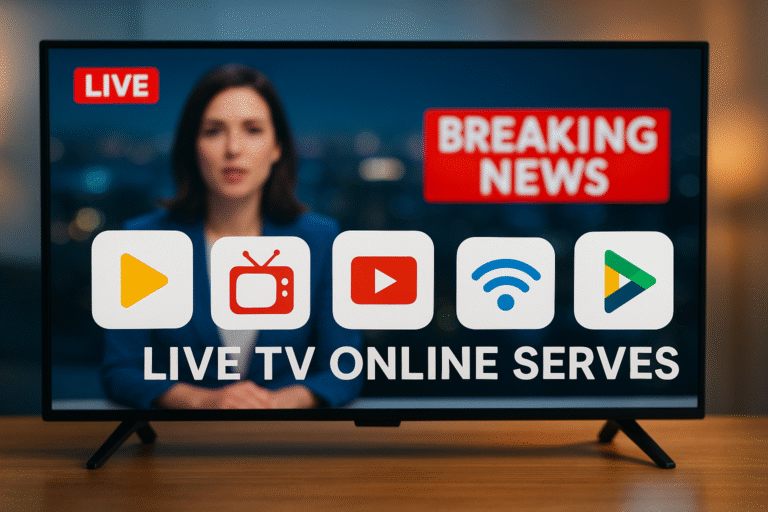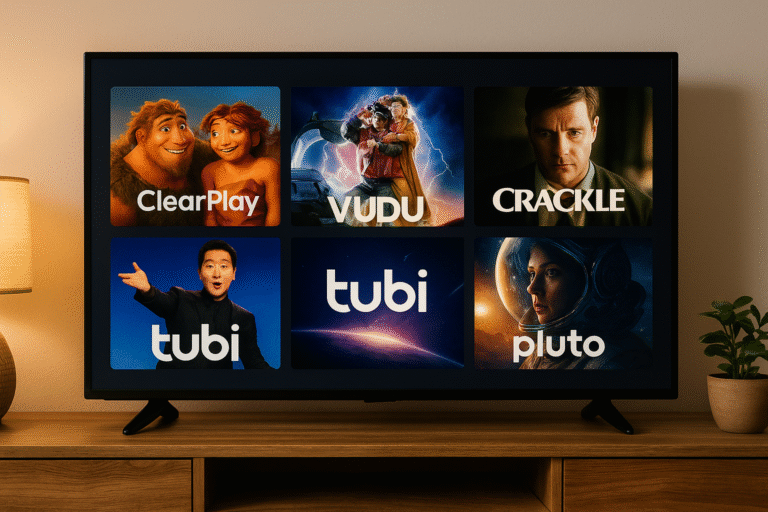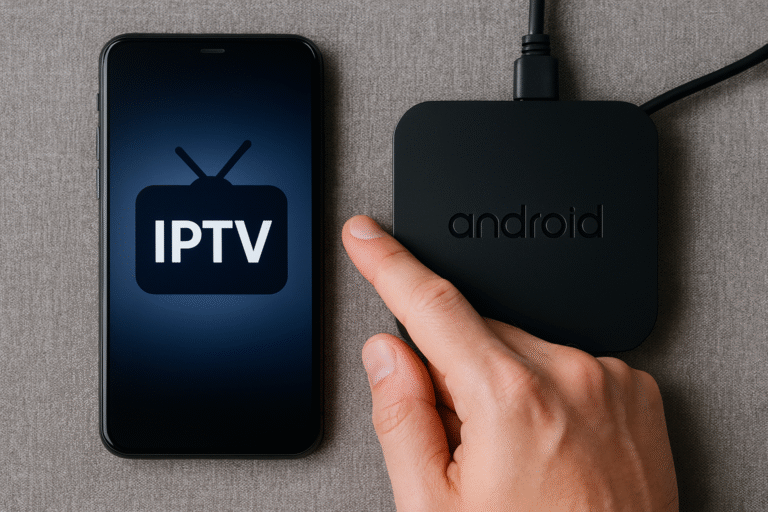How to Use IPTV for Community Broadcasting 2026
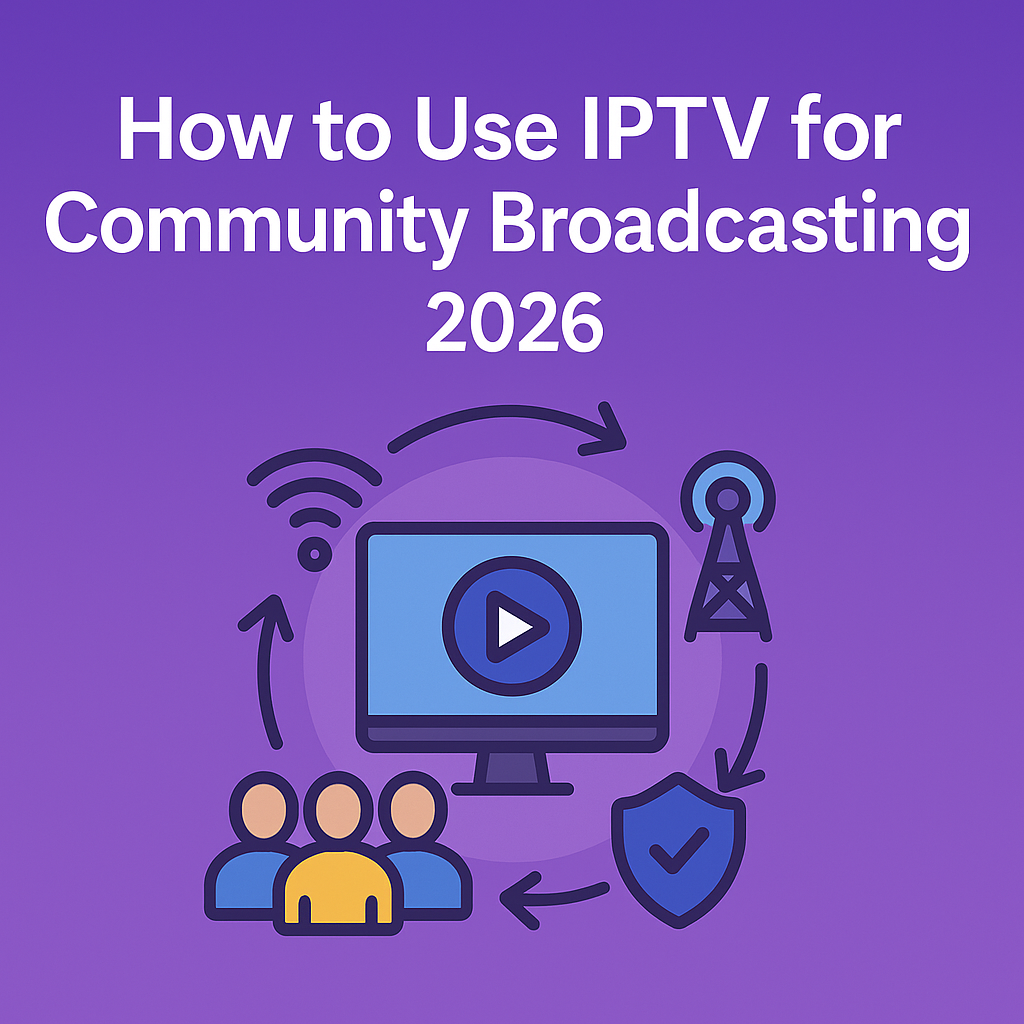
Introduction
By 2026, community broadcasting has evolved into something more dynamic, interactive, and affordable — thanks to IPTV. Today, local organizations, schools, religious institutions, and community centers use IPTV to stream live content directly to their audiences without relying on traditional cable networks. In this guide, we’ll show you how to use IPTV for community broadcasting with reliable tools, secure platforms, and professional results.
What Is Community Broadcasting with IPTV?
Community broadcasting refers to the distribution of local or community-based media content to a specific audience. Unlike mainstream television, this type of broadcasting focuses on local news, educational content, cultural events, or community services.
Using IPTV (Internet Protocol Television) makes this process simple — your stream is delivered online instead of through terrestrial or satellite channels. This allows local groups to reach viewers globally while maintaining full control over their content and costs.
Technical Setup & Requirements
Setting up an IPTV-based community channel doesn’t require massive infrastructure. You only need a few essential components:
- Streaming Source: Use a camera or encoder that sends your live feed to an IPTV server.
- Reliable IPTV Provider: Services like CCCam2 Premium IPTV offer stable servers with community streaming support.
- Encoding Software: Open-source tools like OBS Studio or FFmpeg help compress and send live streams efficiently.
- Distribution Server: The IPTV provider’s network handles the content delivery to your audience.
- Playback Devices: Viewers can watch through smart TVs, Android boxes, or web-based IPTV players.
Key Advantages of IPTV for Community Broadcasting
- Low Cost: IPTV removes the need for expensive broadcast licenses or satellite infrastructure.
- Scalability: You can expand from a local to a global audience instantly through online distribution.
- Flexibility: Stream live events, upload recorded videos, or schedule automated programming.
- Customization: Add logos, local ads, or announcements directly into your broadcast stream.
- Accessibility: IPTV streams are available across smartphones, smart TVs, and browsers — making it easy for communities to connect.
Common Challenges and How to Overcome Them
While IPTV simplifies broadcasting, beginners may face some obstacles when starting a community channel. Here’s how to handle them effectively:
- Bandwidth Limitations: Use adaptive bitrate streaming (ABR) to ensure stable viewing across all internet speeds.
- Server Downtime: Choose reliable providers like CCCam2 Premium IPTV with redundant backup servers.
- Viewer Authentication: Use password-protected access or token-based links to secure private community events.
- Content Management: Set up a simple CMS to organize your live and recorded content efficiently.
Reality Check
In 2026, IPTV is no longer just for entertainment — it’s a communication bridge for communities worldwide. However, success depends on choosing a stable provider, managing content quality, and maintaining consistent uptime. Platforms like CCCam2 Premium IPTV give community broadcasters the flexibility to stream cultural, educational, or religious programs securely and in high definition.
Final Verdict
Community broadcasting through IPTV empowers local voices to reach global audiences without the heavy costs of traditional broadcasting. By using affordable encoders, open-source tools, and trusted IPTV servers, any organization can build a professional-grade channel. The future of local television lies in IPTV — flexible, accessible, and powered by community spirit.
FAQ Section
1. What type of content can communities broadcast via IPTV?
Anything from cultural events, local news, church services, and school programs to charity initiatives can be streamed using IPTV.
2. Do I need a license for community IPTV broadcasting?
In most countries, non-commercial or educational streams don’t require full broadcasting licenses. Always verify local laws before going live.
3. Can small communities afford IPTV broadcasting?
Yes, IPTV significantly reduces costs compared to satellite or cable TV. Services like CCCam2 Premium IPTV provide affordable plans for small organizations.
4. How can I make my community IPTV stream more professional?
Use custom overlays, logos, and scheduled playlists. Also, ensure stable internet and redundancy for uninterrupted streaming.


